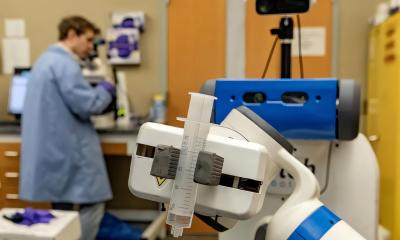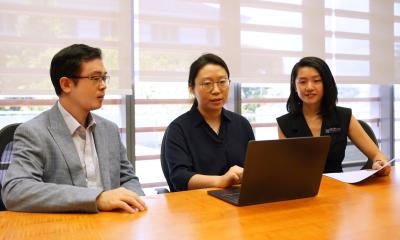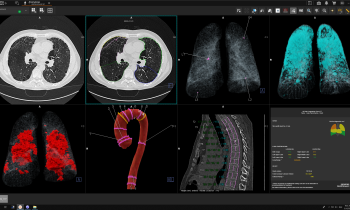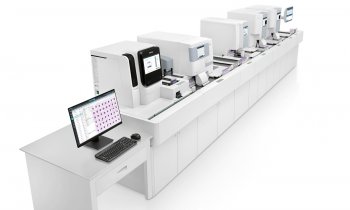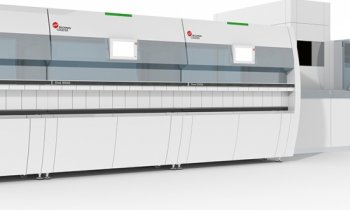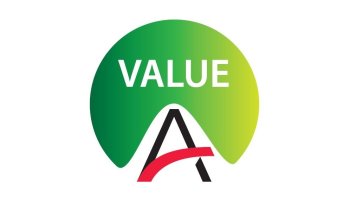
© sompong_tom – stock.adobe.com
News • Reducing clinician burden and burnout
Documentation takes the joy out of medicine – AI scribes could bring it back
A new study led by Mass General Brigham researchers reveals that ambient documentation technologies – generative artificial intelligence scribes that record patient visits and draft clinical notes for physician review before incorporating into electronic health records – led to significant reductions in physician burnout.
The findings, published in JAMA Network Open, draw on surveys of more than 1,400 physicians and advanced practice providers at both Mass General Brigham based and Atlanta’s Emory Healthcare.
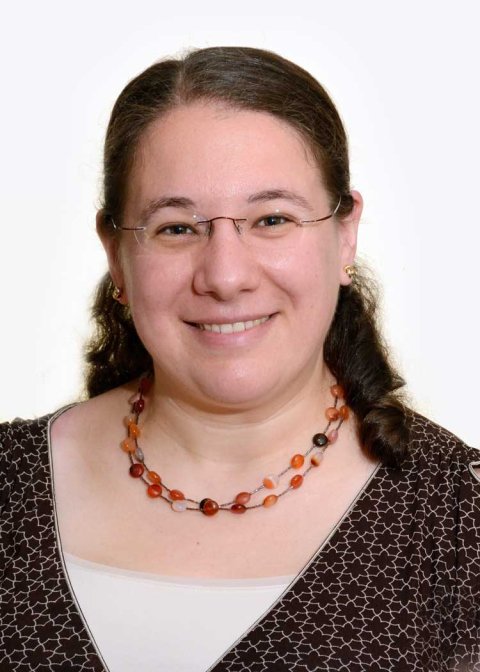
Image source: Mass General Brigham
At Mass General Brigham, use of ambient documentation technologies was associated with a 21.2% absolute reduction in burnout prevalence at 84 days, while Emory Healthcare saw a 30.7% absolute increase in documentation-related wellbeing at 60 days.
“Ambient documentation technology has been truly transformative in freeing up physicians from their keyboards to have more face-to-face interaction with their patients,” said study co-senior author Rebecca Mishuris, MD, MPH, MS, chief medical information officer at Mass General Brigham and a primary care physician in the healthcare system. “Our physicians tell us that they have their nights and weekends back and have rediscovered their joy of practicing medicine. There is literally no other intervention in our field that impacts burnout to this extent.”
Physician burnout affects more than 50% of U.S. doctors and has been linked to time spent in electronic health records, particularly after hours. There is additional evidence that the burden and anticipation of needing to complete their appointment notes also contributes significantly to physician burnout.
Physician burnout affects more than 50% of U.S. doctors and has been linked to time spent in electronic health records, particularly after hours. There is additional evidence that the burden and anticipation of needing to complete their appointment notes also contributes significantly to physician burnout. “Burnout adversely impacts both providers and their patients who face greater risks to their safety and access to care,” said Lisa Rotenstein, MD, MBA, a co-senior study author and director of The Center for Physician Experience and Practice Excellence at Brigham and Women’s Hospital. She is also an assistant clinical professor of medicine at the UCSF School of Medicine. “This is an issue that hospitals nationwide are looking to tackle, and ambient documentation provides a scalable technology worth further study.”
Recommended article

Interview • Documentation assistance
Virtual scribes free up physician's time from eHR
Physicians using a virtual scribe spend significantly less time in the eHR, a new study finds. This reduces their burden and frees up time for patient care – and AI could push this even further.
The researchers analyzed survey data from pilot users of ambient documentation technologies at two large health systems. At Mass General Brigham, 873 physicians and advanced practice providers were given surveys before enrolling, then after 42 and 84 days. About 30% of users responded to the surveys at 42 days, and 22% at 84 days. All 557 Emory pilot users were surveyed before the pilots and then at 60 days of use, with an 11% response rate. Researchers analyzed the survey results quantifying different measures of burnout at Mass General Brigham and physician well-being at Emory Healthcare.
We feel the burnout data speak volumes of the promise of these technologies, and importance of continuing to study them
Jacqueline You
Qualitative feedback from users touted that ambient documentation enabled more “contact with patients and families,” improvements in their “joy in practice,” while recognizing its potential to “fundamentally [change] the experience of being a physician.” However, some users felt it added time to their note-writing or had less utility for certain visit types or medical specialties. Since the pilot studies initiated, the AI technologies have continued to evolve as the vendors make changes based on user feedback and as the large language models that power the technologies improve themselves through additional training, warranting continued study. The study authors added that given that these were pilot users and there were limited survey response rates, these findings likely represent the experience of more enthusiastic users, and more research is needed to track clinical use of ambient documentation across a broader group of providers.
Mass General Brigham’s ambient documentation program launched in July 2023 as a proof-of-concept pilot study involving 18 physicians. By July 2024, the pilot, which tested two different ambient documentation technologies, expanded to more than 800 providers. As of April 2025, the technologies have been made available to all Mass General Brigham physicians, with more than 3,000 providers routinely using the tools. Later this year, the program will look to expand to other healthcare professionals such as nurses, physical and occupational therapists, and speech-language pathologists.
Ambient documentation’s use will continue to be studied with surveys and other measures tracking burnout rates and time spent on clinical notes inside and outside of working hours. Researchers will evaluate whether burnout rates improve over time as the AI evolves, or if these burnout gains plateau or are reversed. “Ambient documentation technology offers a step forward in health care and new tools that may positively impact our clinical teams,” said Jacqueline You, MD, MBI, lead study author and a digital clinical lead and primary care physician at Mass General Brigham. “While stories of providers being able to call more patients or go home and play with their kids without having to worry about notes are powerful, we feel the burnout data speak similar volumes of the promise of these technologies, and importance of continuing to study them.”
Source: Mass Eye and Ear
22.08.2025



